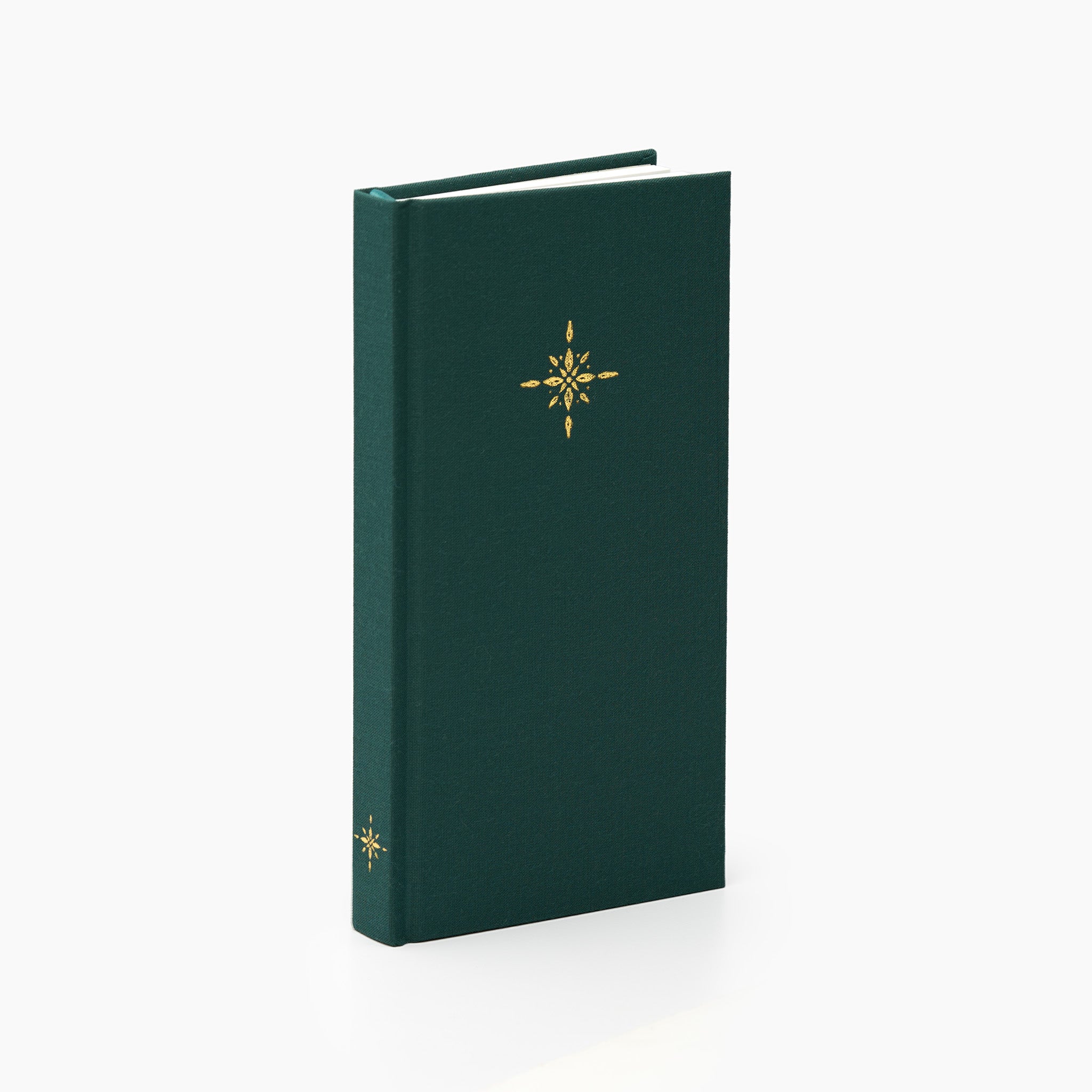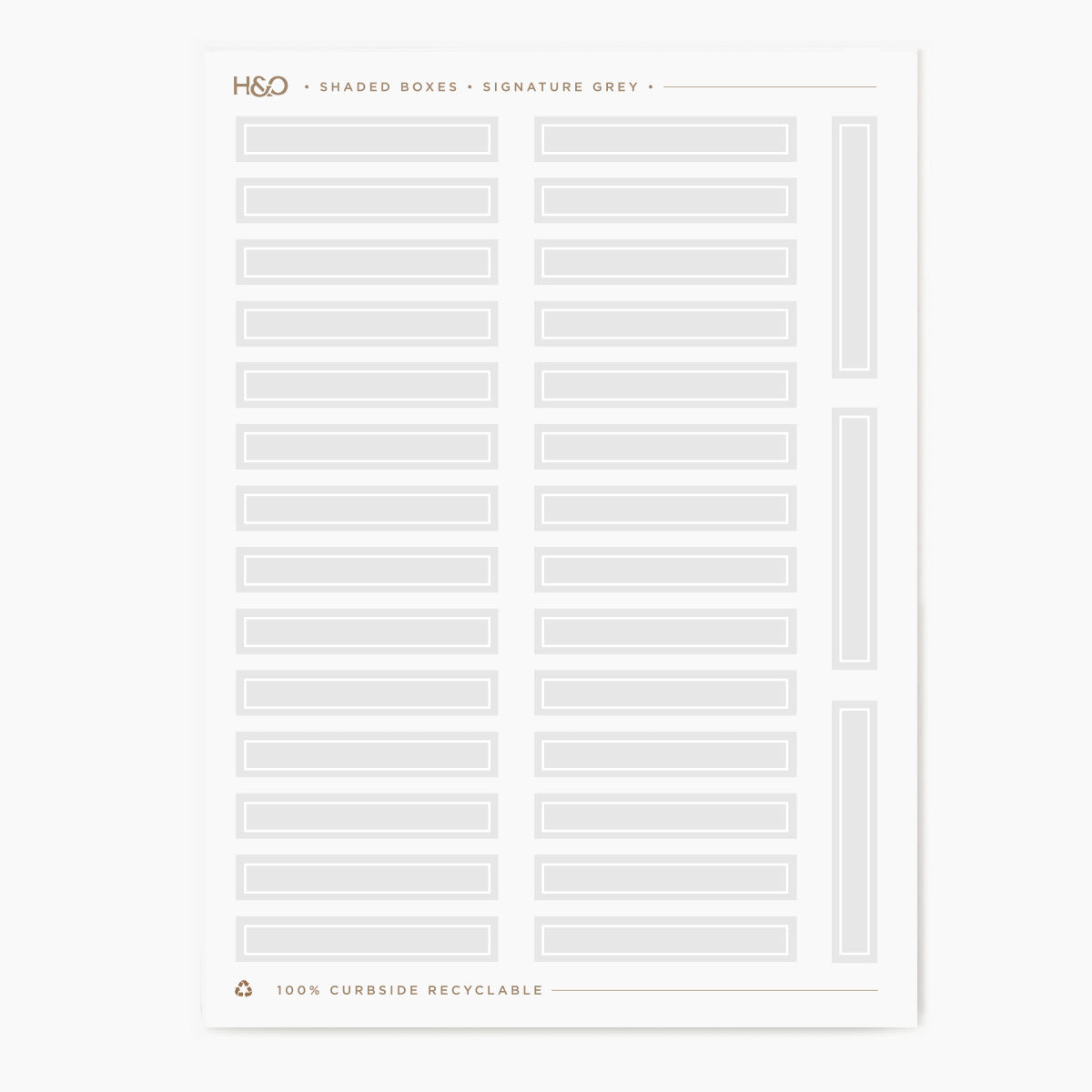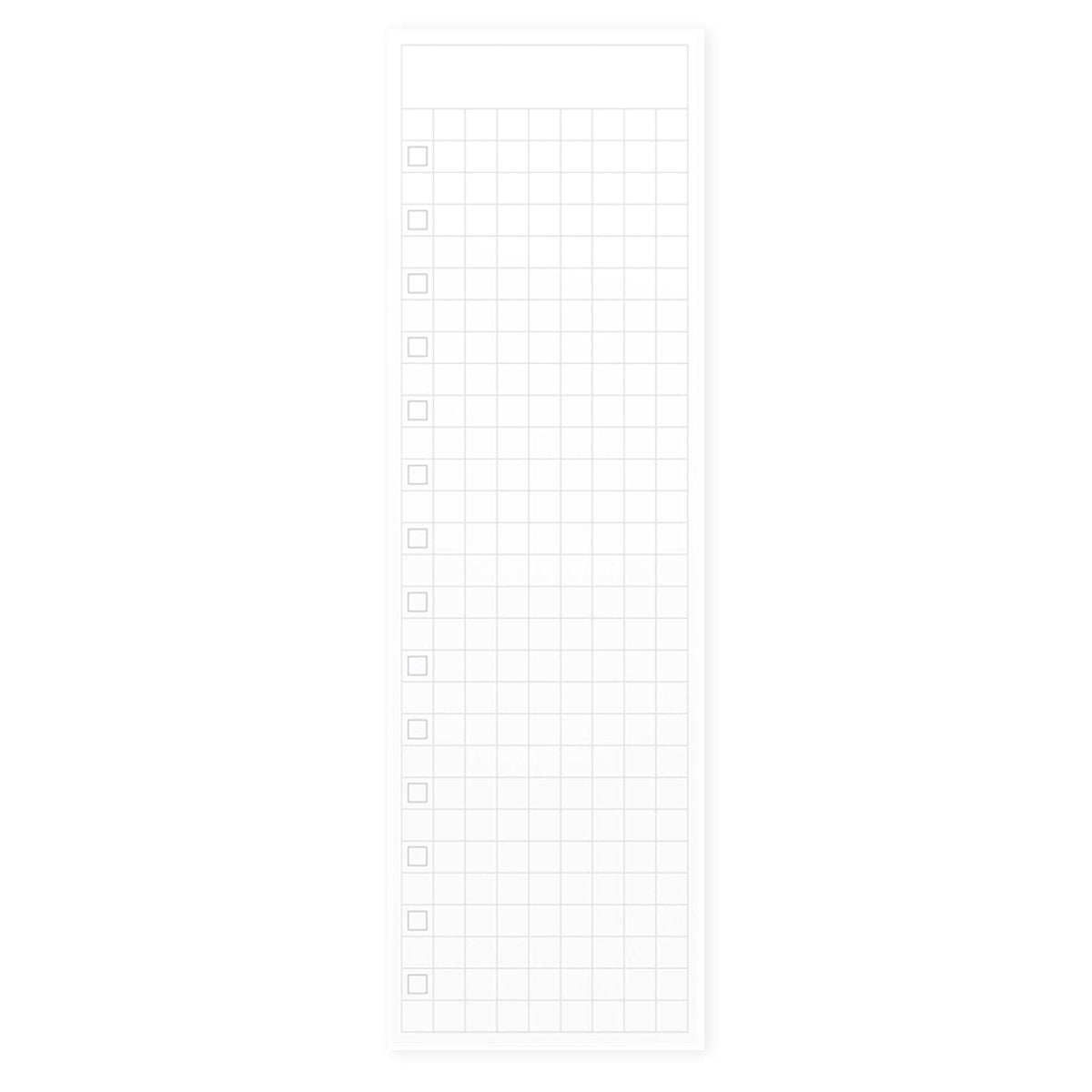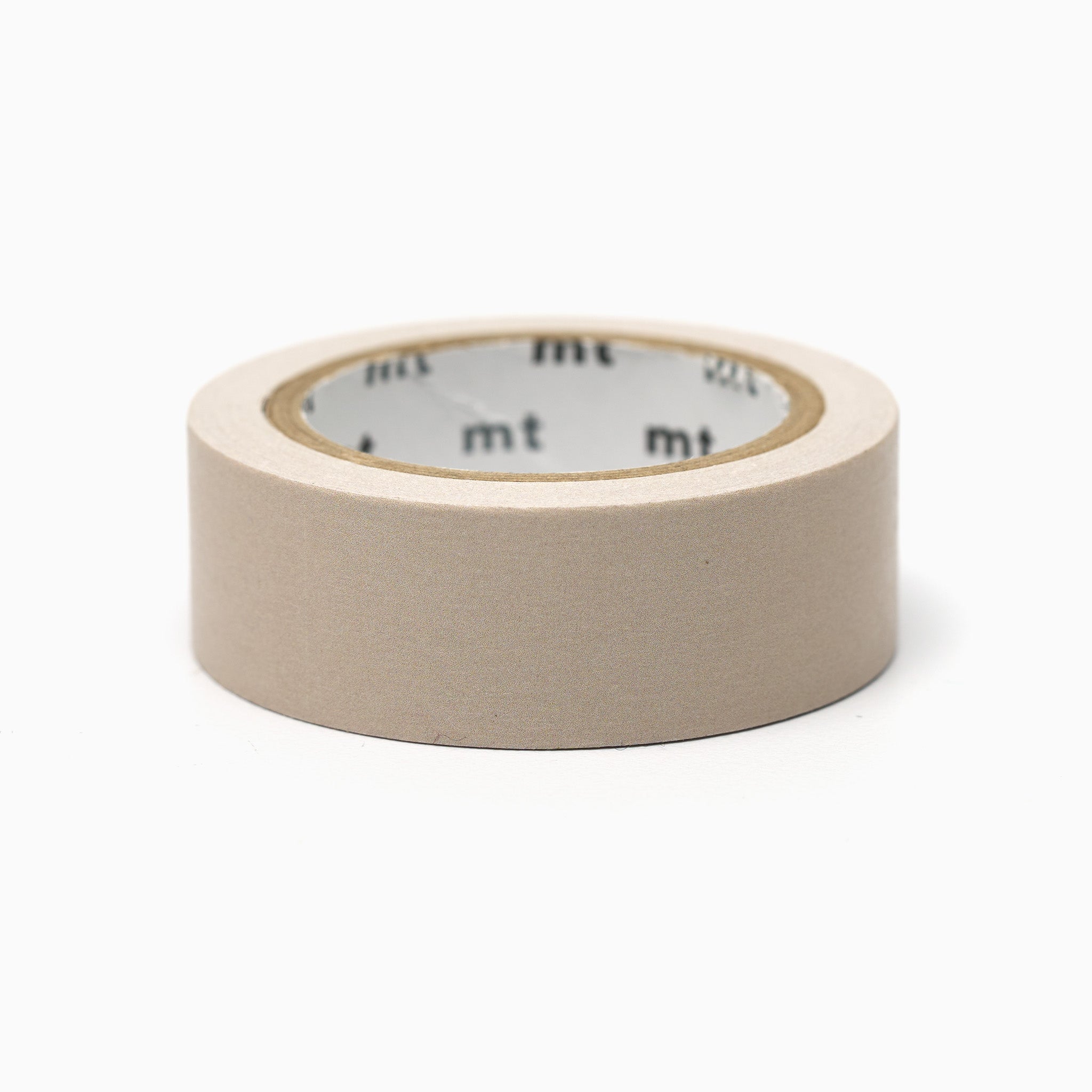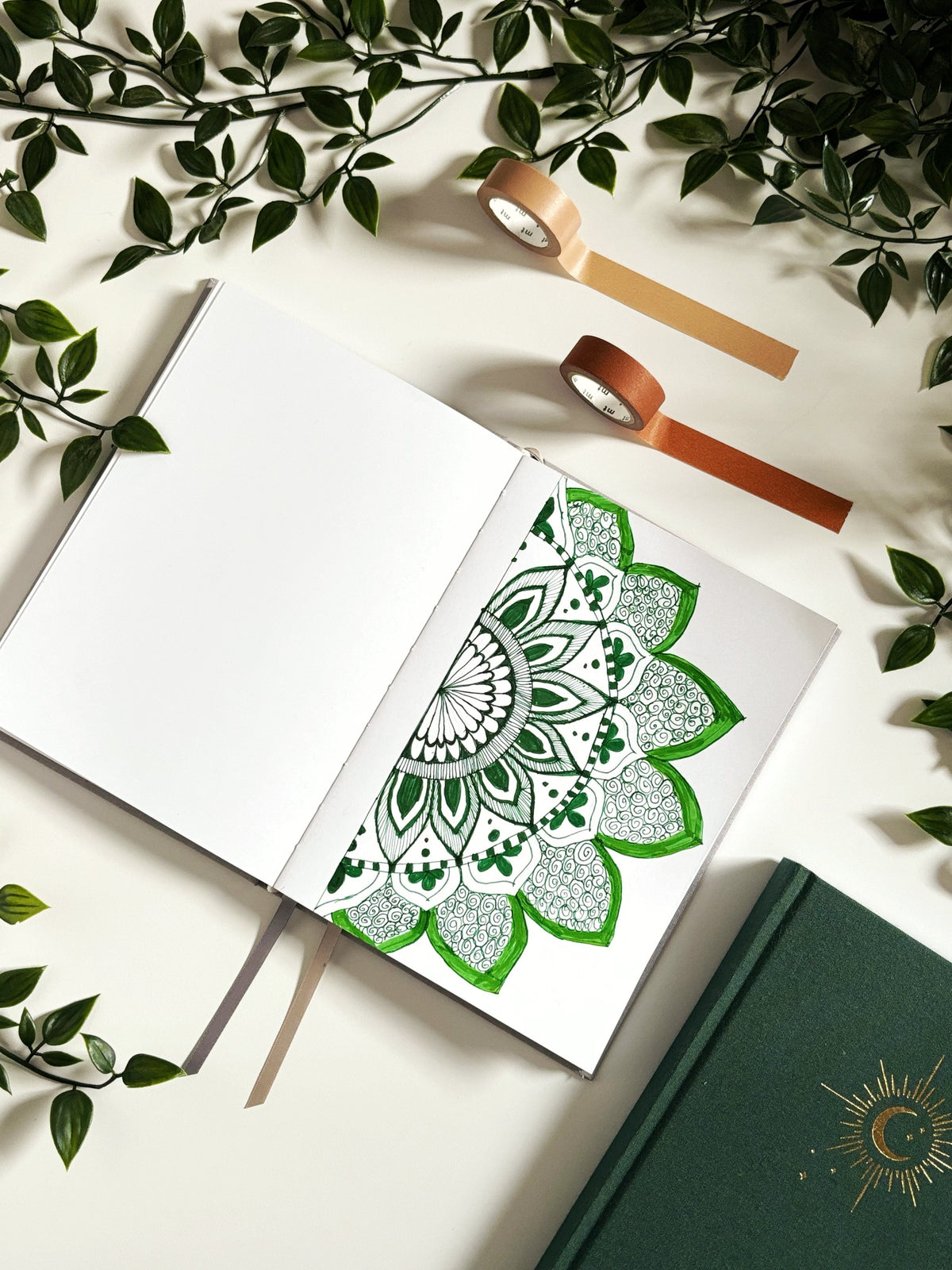

Table of contents

Introduction to Mandala Art
In the past few days, I’ve been reflecting on how people find peace in today’s fast-paced world. For me, art has been a big part of that journey—specifically mandala art. What started as an experiment has now become a small but essential part of my daily routine. Before diving deeper into mandalas, I thought it would be helpful to share a bit about myself and how the Hemlock & Oak Luminé Sketchbook became a key part of my creative process.
But first, it’s important to explain what mandalas represent and the significance behind their intricate designs. In my next blog post, I’ll dive into the anatomy of mandalas, breaking down the key elements to help you create your own. Stay tuned for more!

What are Mandalas?
Life’s hectic, right? Like everyone in their late 20s, you’ve got work, relationships, and finding your purpose all running at full speed—like some kind of modern supercomputer. But when I sit down with my sketchbook, all those activities seem to slow down. Instead, I enter a calming process of drawing intricate, fine-lined designs that help me relax and release whatever’s causing my stress.
It wasn’t always easy. When I first started creating mandalas, I found myself too focused on the results and whether I was doing it “right.” But over time, I realized that it’s not about the final product—it’s about the process. Creating a mandala is like finding balance, and that’s exactly what this art form inspires.
Step 1: Starting with the Center (Bindu)
Every mandala begins at its center, called the bindu . This point symbolizes unity and wholeness—the starting point from which everything radiates. For me, starting here is a reminder to center myself, grounding my thoughts and emotions before I move outward.
Step 2: Building the Circles
Next, I draw concentric circles around the center. These circles represent cycles and eternity, reminding me of the continuous flow of life. The repetition of these shapes creates a soothing rhythm, helping me to slow down and become present in the moment.
Step 3: Adding Geometric Shapes
As I move outward, I introduce geometric shapes like triangles and lotus petals . Each shape holds its own meaning—upward triangles represent growth and spiritual ascent, while lotus petals symbolize purity and awakening. I let the symmetry of these forms guide me, knowing that balance in the artwork mirrors balance in life.

Step 4: Embracing Repetition and Symmetry
One of the most calming aspects of mandala-making is the repetition of patterns and the radial balance . By repeating these shapes and designs, I find a natural rhythm, a flow that feels meditative. It’s this repetition that allows me to let go of stress and be fully immersed in the creative process.
Step 5: Choosing Colors with Meaning for Mandalas
Finally, I add color. Each hue carries its own energy—green for healing and renewal, white for purity, blue for peace, red for strength. As I fill in the mandala, the colors become an extension of the emotions I want to express or release.
In the end, creating a mandala isn’t about achieving perfection. It’s about the joy of the process and the calm that comes from letting go.
Mandalas, with their balanced structure, inspire that same sense of harmony within me. And it’s this joy in the making that has become my favorite part.
Mandalas as a Meditation
For me, drawing mandalas feels like a form of meditation. Every line and detail holds meaning, and the rhythm of repetition—like the rising and falling, opening and closing of shapes—brings a sense of harmony. This process helps me sync with the present moment. Sometimes, there’s no need for profound words; simply holding a pen and letting it flow across the page is deeply soothing.

Stress relief benefits of Mandalas
It’s easy to fall into the trap of perfectionism when creating mandalas, but practicing self-compassion is key. If things don’t go as planned, remind yourself that mistakes are part of the process. Our achievements don’t define our worth, and self-care shouldn’t be withheld in moments of failure. Acknowledge your efforts, learn from any setbacks, and move forward with a better understanding of yourself.
What sketchbook should you use?
Now, I wouldn’t be where I am today in my mandala journey without a great sketchbook by my side. My go-to has been the Luminé Sketchbook by Hemlock & Oak , and for good reason.
The paper is thick (100lb/150gsm), preventing bleed-through from pens or markers, which is essential when creating intricate designs like mandalas. The size (A5) makes it easy to carry around, and the lay-flat binding means I never struggle with pages flipping while I’m drawing.
Plus, knowing the sketchbook is environmentally friendly—made with FSC and SFI certified paper and recycled materials—makes it even better.

While this isn’t a blog entirely about sketchbooks, I can’t help but recommend Luminé for anyone looking for quality and sustainability. It’s been an essential part of my creative process, and if you’re considering starting your own mandala journey, having a great sketchbook will make it even more enjoyable. 🌍

Until Next Time: Keep Creating
If you’re looking to add more calm and creativity to your life, I encourage you to try drawing mandalas. It’s a simple way to incorporate mindfulness into your daily routine—just grab a pen, a sketchbook, and you’re good to go.
If you’re curious about How To Draw Mandalas , stay tuned for my upcoming blog post where I’ll guide you through each step of the process. Whether you're a complete beginner or someone who's dabbled in mandala art before, I’ll be sharing tips and techniques to help you create beautiful, balanced designs. From choosing your first shapes to adding personal touches, you’ll learn everything you need to make your own stunning mandalas.
I can’t wait to share this journey with you, and I hope you find the same peace and joy in mandala art that I do. Until next time, friends!
- Davina

